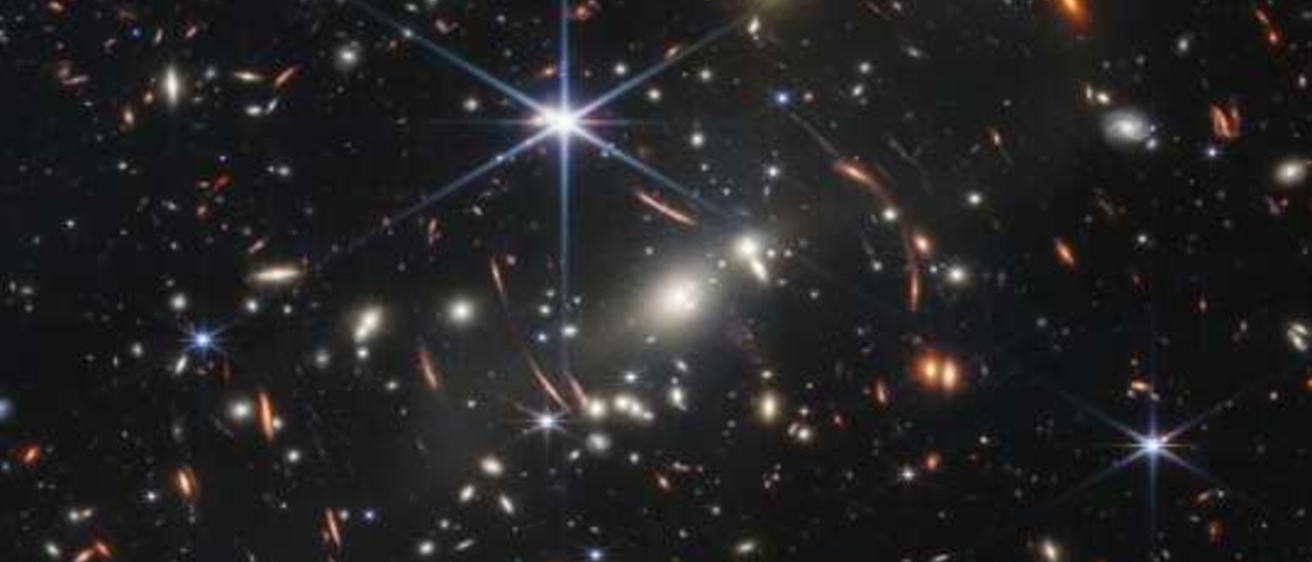The James Webb Space Telescope (JWST) is set to make discoveries that will likely have an enormous impact on the way we understand the universe, creating infinite opportunities for learning and research at the University of Iowa.

Keri Hoadley is an assistant professor in the UI Department of Physics and Astronomy and is an expert on far-ultraviolet astrophysics. She says the recent images produced by the JWST, the world's premier space science observatory, and released by NASA, blew her mind—and that’s significant because her expectations were already exceedingly high.
“I didn’t have words,” Hoadley says.
She says the scholarship that will result from these initial images will likely transform her field.
“I have seen comments from colleagues that they anticipate just one image alone [SMACS 0723] will lead to absolute groundbreaking discoveries in astronomy—helping us to diagnose, find, and understand what the first stars and galaxies that ever formed in our universe look like,” she explains.
This is also a big moment for students aspiring to study astronomy and physics, especially at Iowa, which has a storied history of working with NASA to help the U.S. be at the forefront of space exploration.
“Students coming in now would be totally enveloped in this new frontier of astronomy,” Hoadley says. “They would be learning the latest and greatest in what we understand about the universe.”
Many research projects will follow the release of these images, allowing students to publish and present findings. This is especially true at Iowa where undergraduate students have access to hands-on experience in research, even in major roles.
“The opportunities at Iowa are quite endless,” she explains. “The experience you can get here with projects—whether it be using JWST data, or trying to understand the universe better, or hardware and experience in our labs —those all develop incredibly important skills that will take you a long way.”
Hoadley is currently doing her own NASA-funded research in New Mexico where she and her team are working to build an ultraviolet telescope that will attach to a huge helium balloon and float to the edge of the stratosphere. This work will ultimately help scientists understand how galaxies form and evolve.
She has already applied for time to use the JWST for a separate research project but also sees the potential to use it in the future to supplement her current work in New Mexico. She plans to submit another proposal when the opportunity presents itself again.
“This [telescope] is a really important step in our field, and we are so excited about that,” she says.
